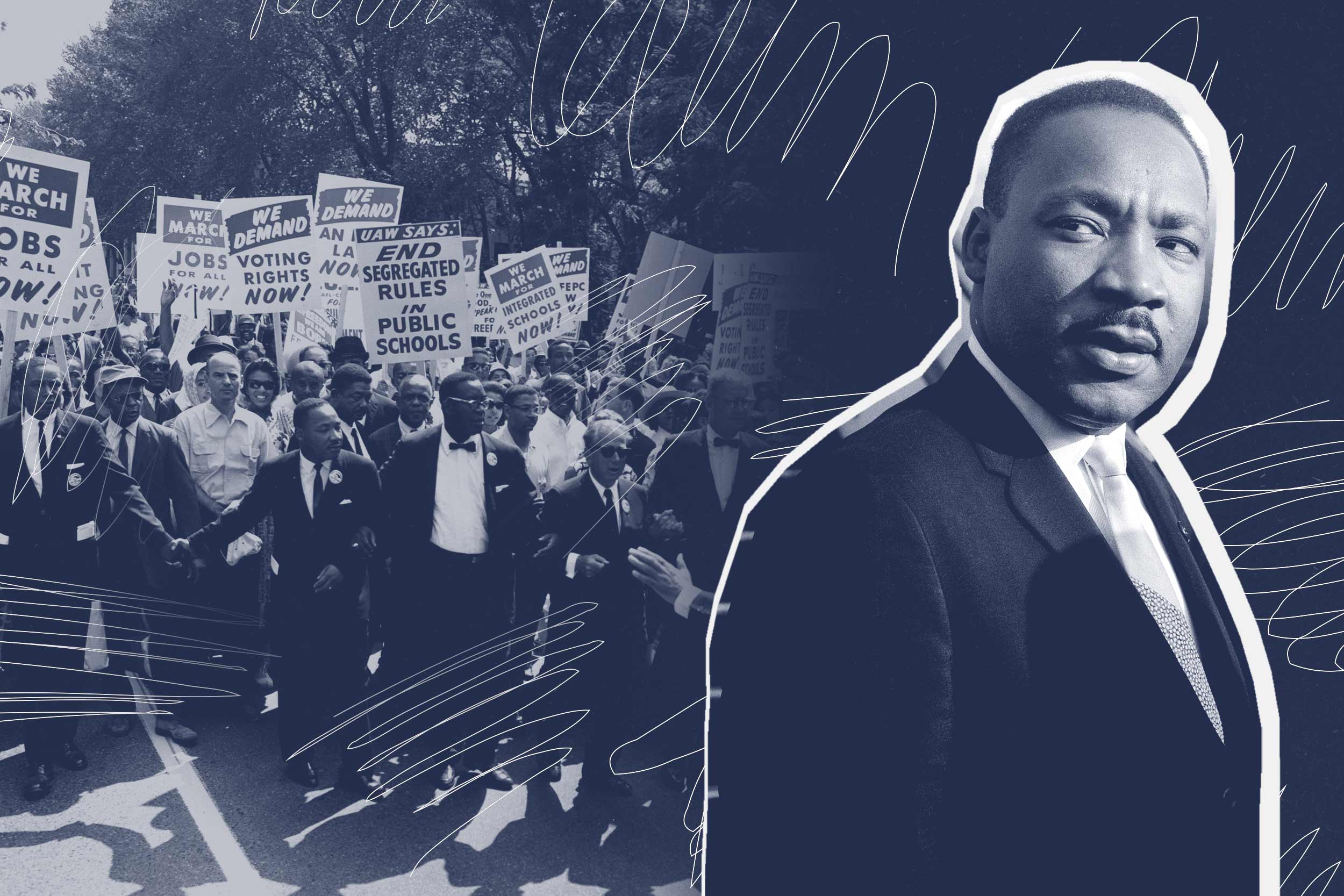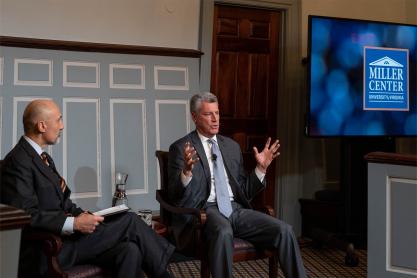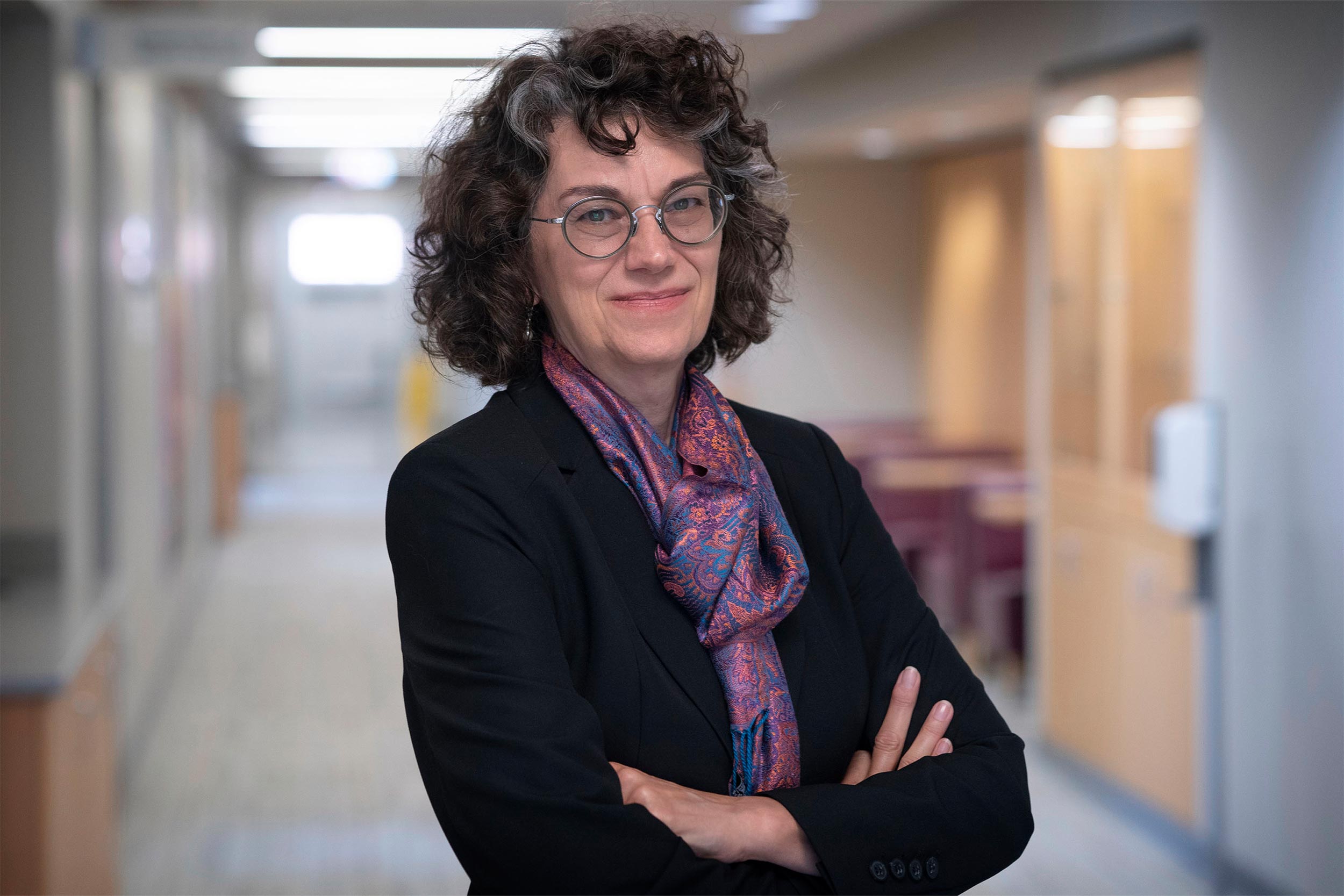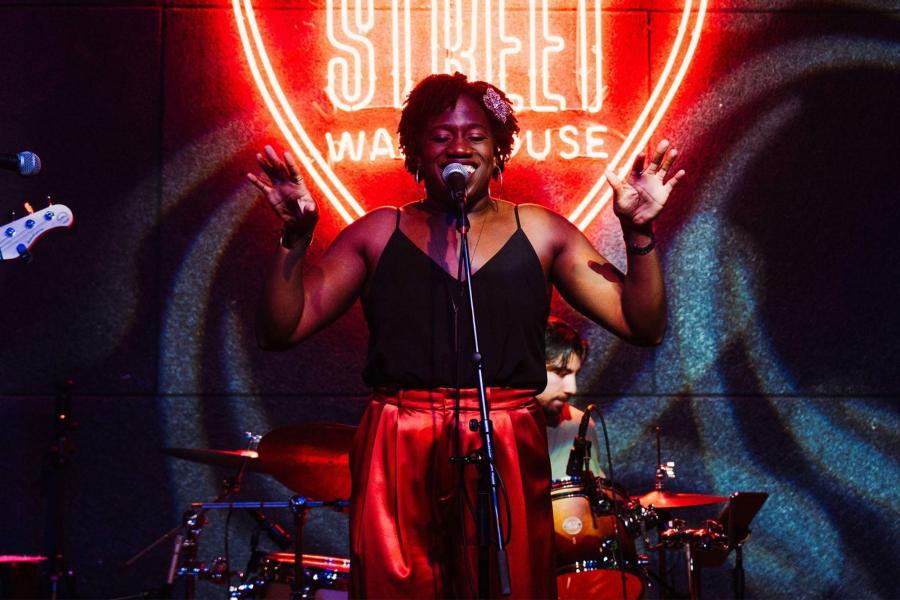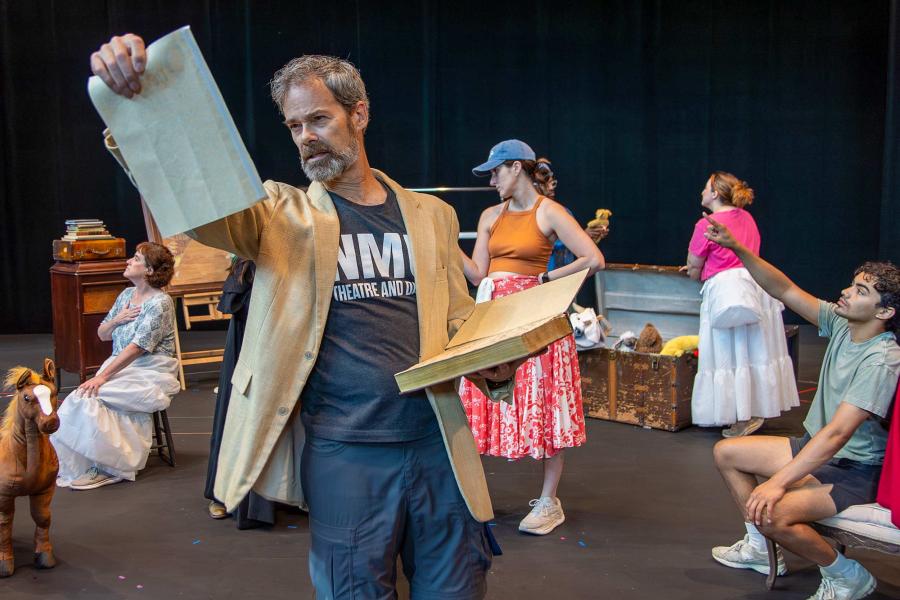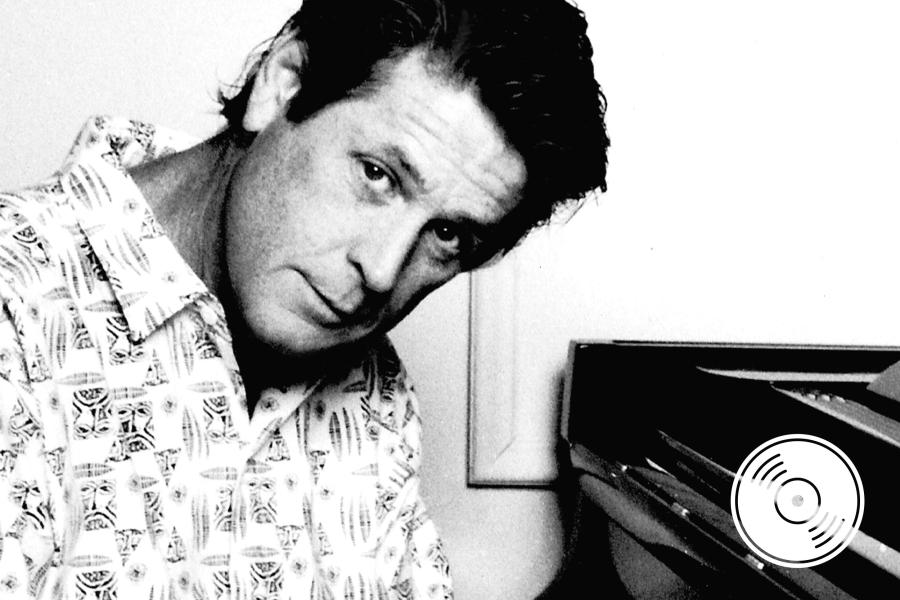Q. Some writers might approach a subject like this from a distance, but you were a counterprotester Aug. 12. How did that affect your writing?
A. That’s right. I had no distance from what I was attempting to make sense of. As a media historian who mostly stays in the 1960s, I don’t tend to write about current or near-current events. But coming out of Charlottesville’s “Summer of Hate,” I had no choice. I felt compelled as someone who had been on the streets, as well as a scholar at this University, to understand what happened using the analytical tools I have. I’ve written and taught about the Civil Rights Movement and media coverage. So I brought a comparative historical framework to the task.
It became clear to me that what happened in Charlottesville was linked to civil rights-era struggles against white supremacy, but in mirror-image reverse. “Charlottesville” became a worldwide media event, as did key campaigns of the Civil Rights Movement, in particular the Birmingham campaign of 1963 and the Selma voting rights campaign of 1965.
In examining how the media covered the Aug. 11 and 12 events in Charlottesville, particularly the most heavily circulated visual imagery, I found surprising similarities and resonances with the most iconic imagery from the Civil Rights Movement: white racists as active and empowered (such as the images of tiki torch marchers in front of the Rotunda chanting their racist, antisemitic slogans); African American victims, prone, helpless and brutalized by racists (such as viral video and images of the beating of DeAndre Harris by pole-wielding alt-right marchers), nonviolent counterprotesters as heroic but imperiled by swarms of white supremacists (like the small group of students at the Jefferson statue surrounded by menacing tiki torch marchers). All of these images have remarkable similarity to the most well-known photos of the civil rights era, telling very similar stories.
Q. You note in your acknowledgments that the “research and the writing were often just plain painful.” Why did you pursue this?
A. I think there are times when we as scholars have to confront the moment we are in. The rise of far-right extremism and its anti-democratic goals, which were brought into sudden high relief by the “Unite the Right” media event, demands our attention. I was supposed to be writing a book about how TV news covered the Kennedy assassination, but it didn’t feel right for me to ignore what had just happened in my town and its profound implications just because it was personally uncomfortable and at times distressing.
Q. What specifically did the marchers from “Unite the Right” borrow from civil-rights protesters from the 1960s?
A. This is part of what was so disturbing to me as I pursued the research. The “Unite the Right” organizers were using the script perfected by the Rev. Martin Luther King Jr. and his organization, the Southern Christian Leadership Conference.
